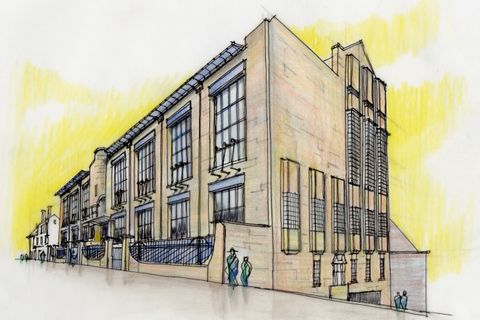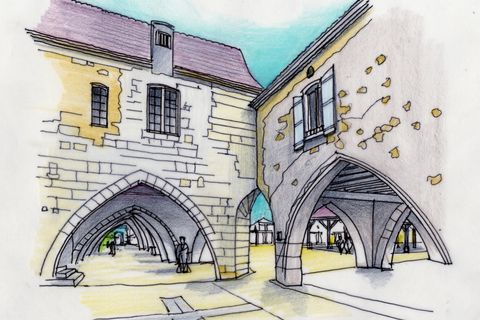The cathedral faces north onto Plaza de la Catedral. The choir is situated at the city's edge by the sea, at Campo del Sur Concepción. The history of a long construction period overseen by various architects is clearly visible when you walk around the exterior. Windows have been moved whenever a chapel was added, and ultimately, they ran out of funds to finish the entire building in light marble. From the sea, you wouldn't expect this to be the cathedral of the city. The facades on this side bear many scars, from alterations and decay. To be honest, our expectations for the interior were not high. But we were mistaken. It was as if we had stepped into a watercolour by John Ruskin, a respected British art critic in the 19th century who also wrote and painted. He created many watercolours of churches and prominent buildings, and characteristically he manages to express the depth you experience inside such buildings through subtle shades of light. It's as if he captured this interior. The columns are so finely detailed that you don't realise how thick they are, creating depth on their own. With every step you take, the image changes, allowing you to look deeper, all in the same nuances. The interior exudes harmony, in total contrast to the exterior. It provides a grand harmonious backdrop for interior elements that are also very much worth seeing, such as the 17th century choir stalls, two organs, and a particularly unique iron grille.










